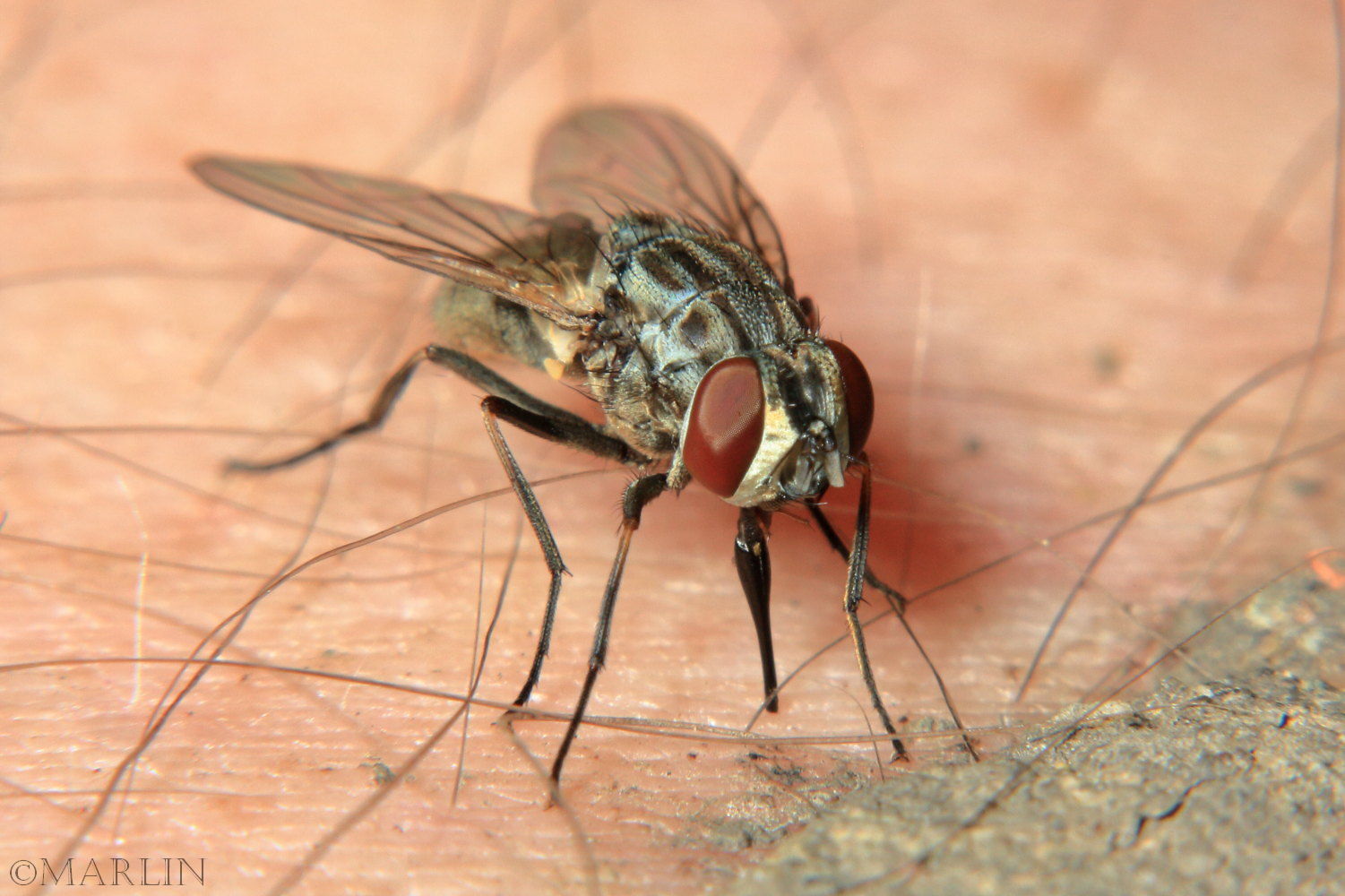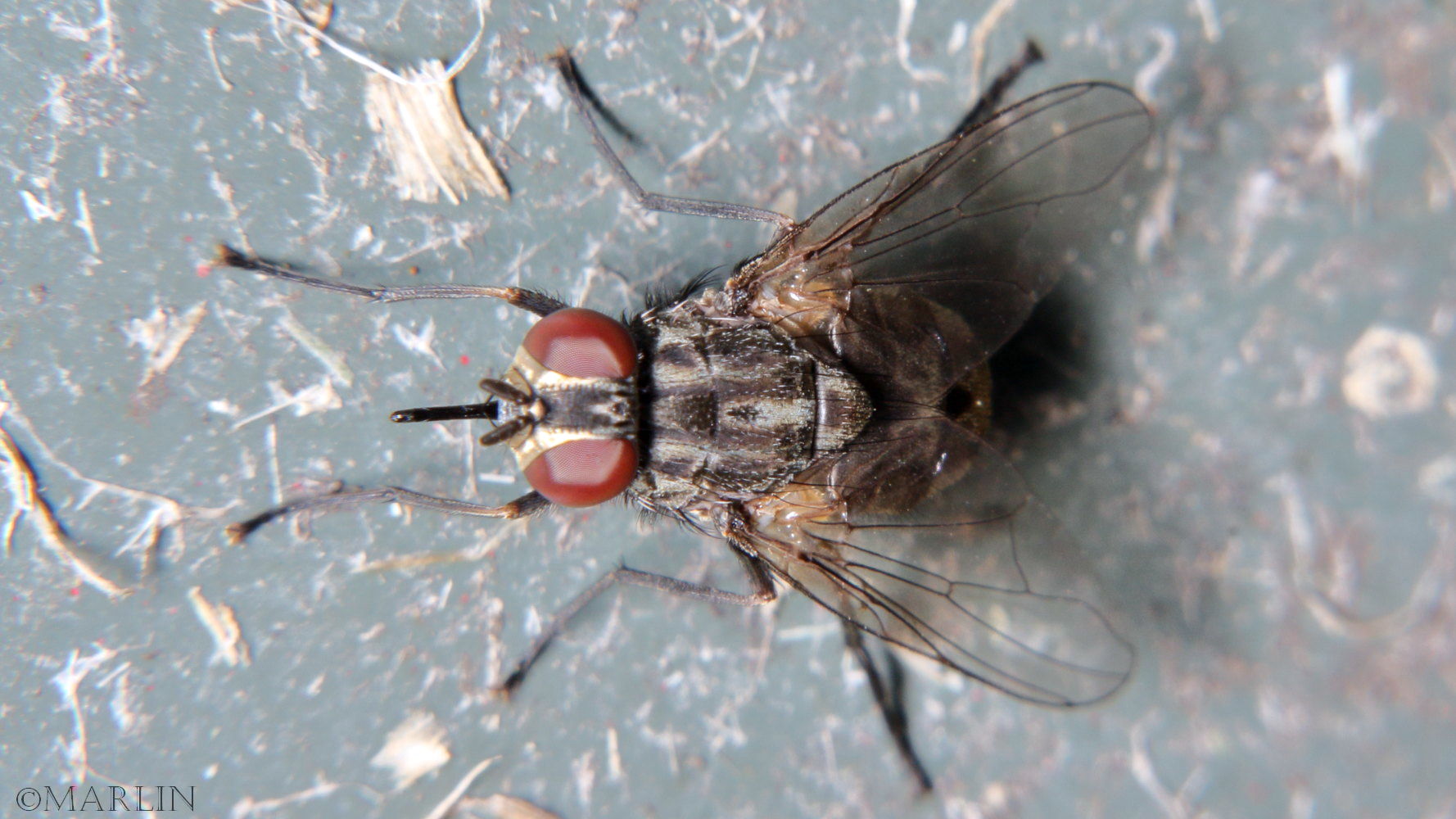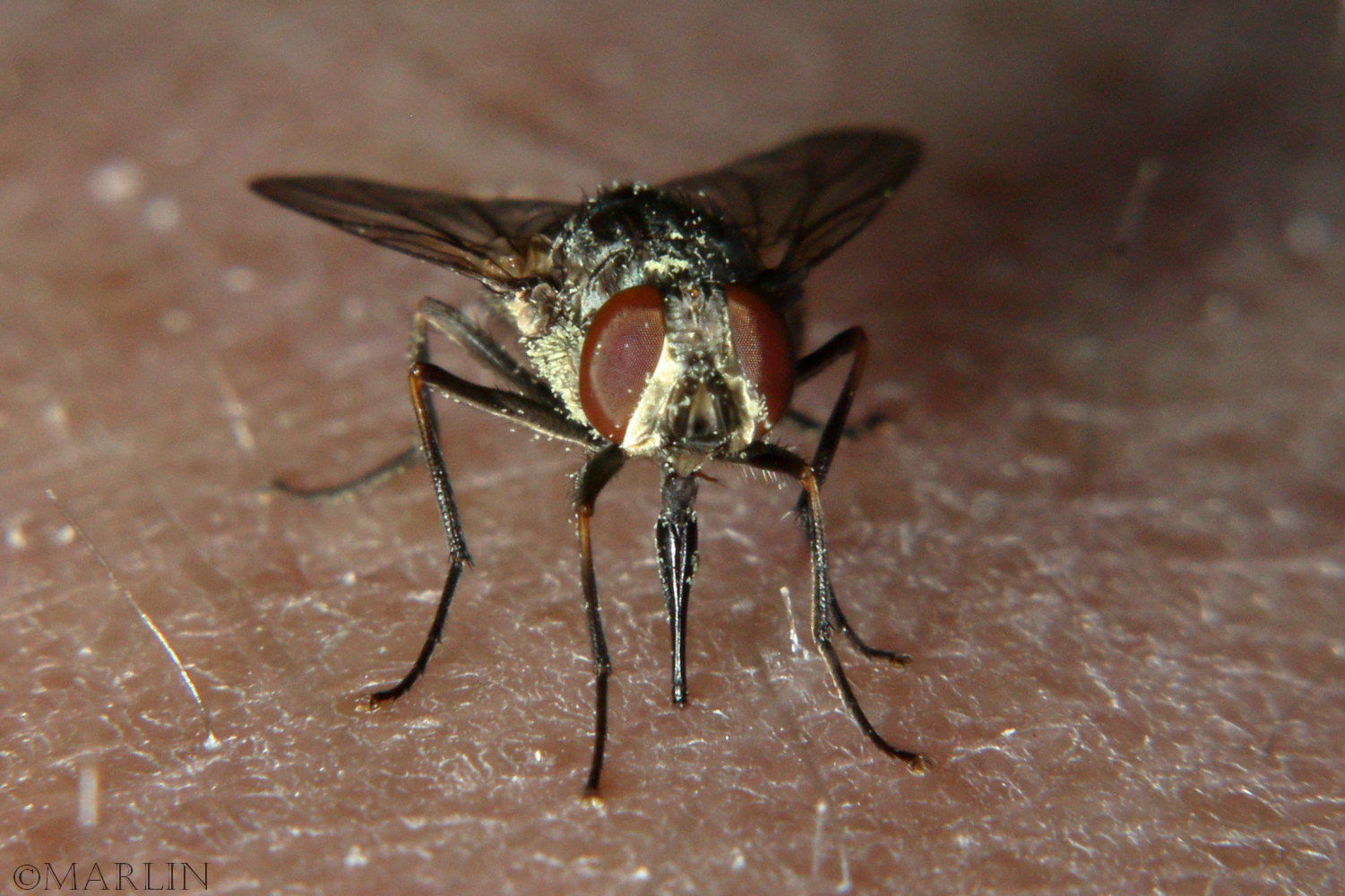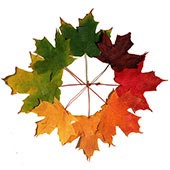Stable Fly – Stomoxys calcitrans
Order Diptera / Family Muscidae (House Flies and kin)
Live adult fly photographed at Allegheny National Forest, Pennsylvania
It’s not easy holding still while taking a picture of one of these gals biting you – especially when a few of her sisters and brothers are biting your legs in various other places. I mean, look at the size of that proboscis – I really hate these beautiful creatures!
These are the little bastard flies that bite your ankles when you’re not looking. They love white socks. On a good day, you can have a dozen or more swarm you, and you’d better run. Plus, they are so fast, you can rarely swat them like you can horse flies and deer flies.
Stable flies look a lot like house flies, except they are slightly smaller and have a straight, forward-pointing proboscis sticking out from underneath their face. This sharply pointed little contraption is used to pierce the skin of warm-blooded creatures, inject saliva containing anesthetics and anticoagulants, and vacuum out blood. Both males and females bite, the latter needing a blood meal to produce eggs.
House flies’ mouthparts are adapted for sponging up liquids, not sucking blood. House flies, annoying as they are, as vilified as they are as purveyors of filth and disease, do not bite.



